If you are a newbie at natural hair, chances are you've drowned yourself in such a colossal amount of information that you have no idea where to start. And while there are a lot of dos to discover, don'ts are much easier to remember in order to have the curly crown you've always dreamed of. Here are 12 mistakes to avoid when going natural.

Exclusively Co-Washing
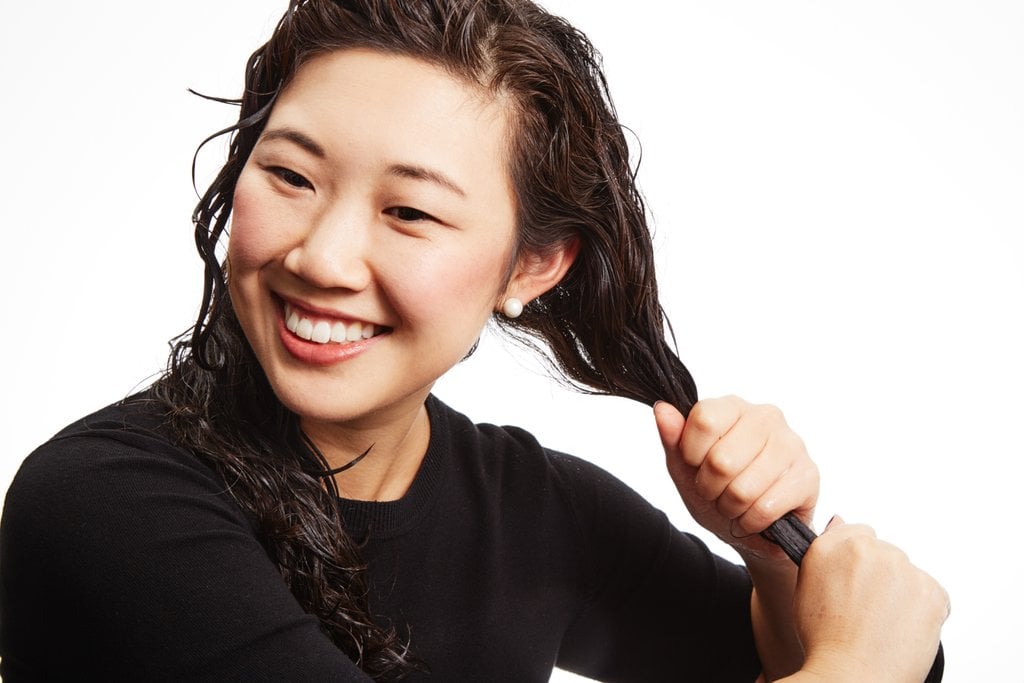
Co-washing (washing your hair with cleansing conditioner) is great for coarse, curly hair, as it enables your strands to retain more moisture and combat frizz. However, you need to cleanse your scalp and get rid of the product buildup if you desire to have ultimate results with the products you apply. A cleansing conditioner is great, but stripping your hair completely from a month's product is better.
Detangling With Small-Toothed Combs
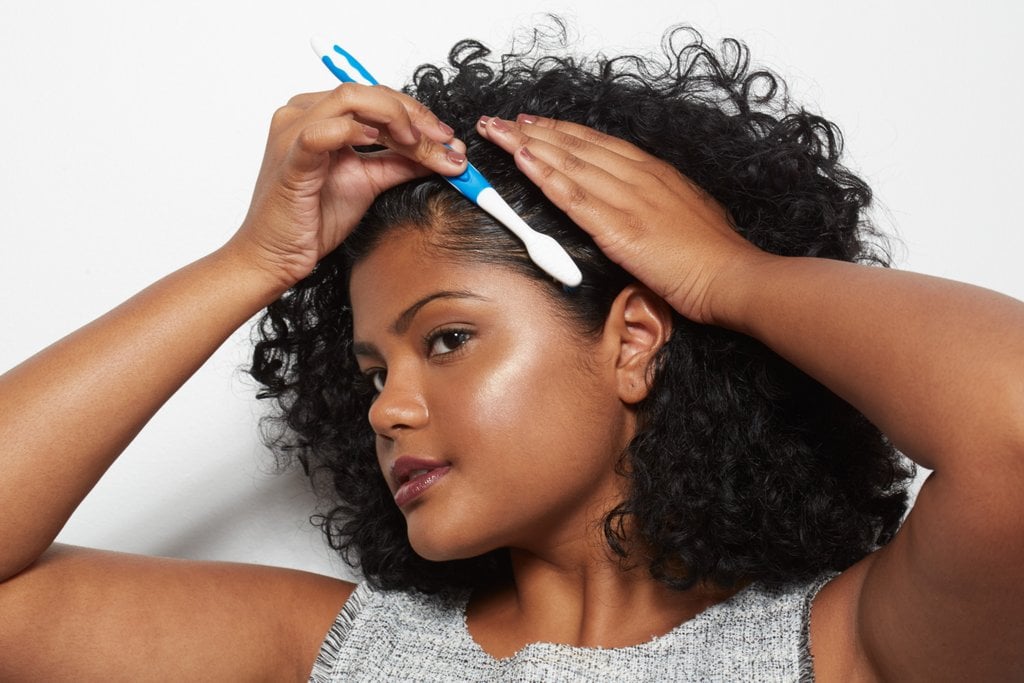
Using a small-toothed comb will only break your ends, leaving your hair susceptible to split ends. This tool may work for straight hair, but it is an absolute NO for curly hair. Great alternatives are a Denman brush [2] or a Tangle Teezer [2]. Also, your hands are your best friends when it comes to detangling, as you feel the tangles better.
Failing to Wear Protective Styles
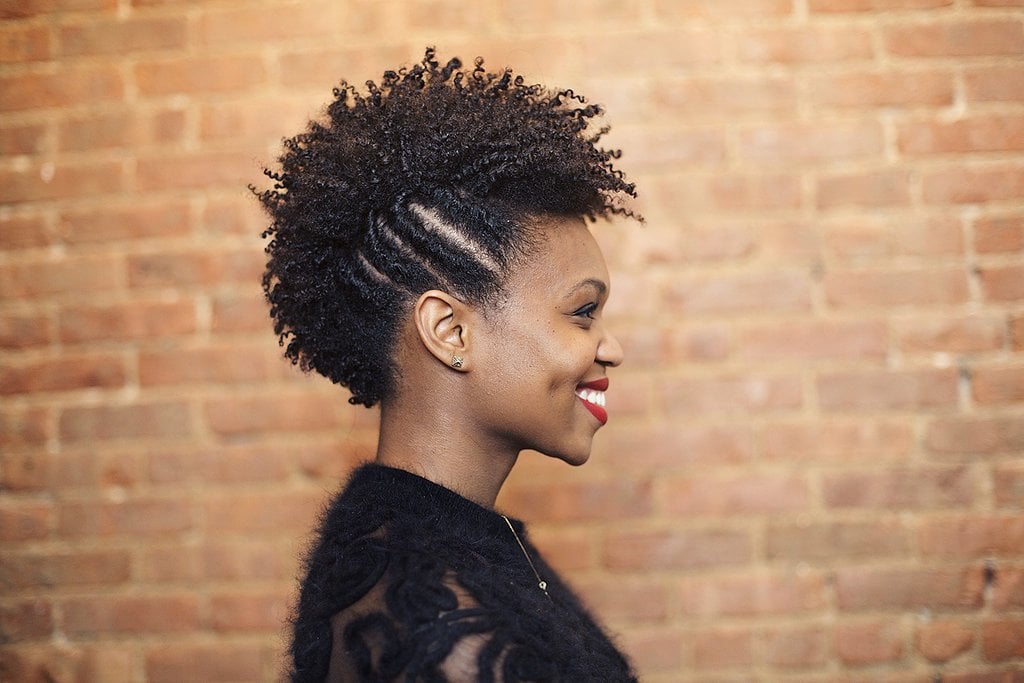
Protective styles are a must to retain length and minimize breakage, but they don't have to be boring. Ditch the bun and opt for twist updos and braids (but keep the tension low on your edges). Reading this styling guide [3] or conducting a quick Pinterest search will expand your hairstyle horizon and keep your hair happy.
Dry Combing Your Hair

Best-case scenario, you'll end up with a frizzy mess. But curly hair breaks easily, so worst-case scenario, dry combing your hair will lead to severe breakage and split ends. Do yourself a favor and use a wide-toothed comb while you condition in the shower: wet hair is more elastic (less fragile) and the conditioner will help detangle the knots away.
Avoiding Regular Trims

As weird as it sounds, regular trims will help your hair grow and should be part of your natural-hair regimen [4]. By trimming away split ends that could lead to severe breakage, you minimize the damage and promote longer, stronger hair. Wispy ends are a good sign that you need a trim!
Using Extreme Heat to Straighten New Growth
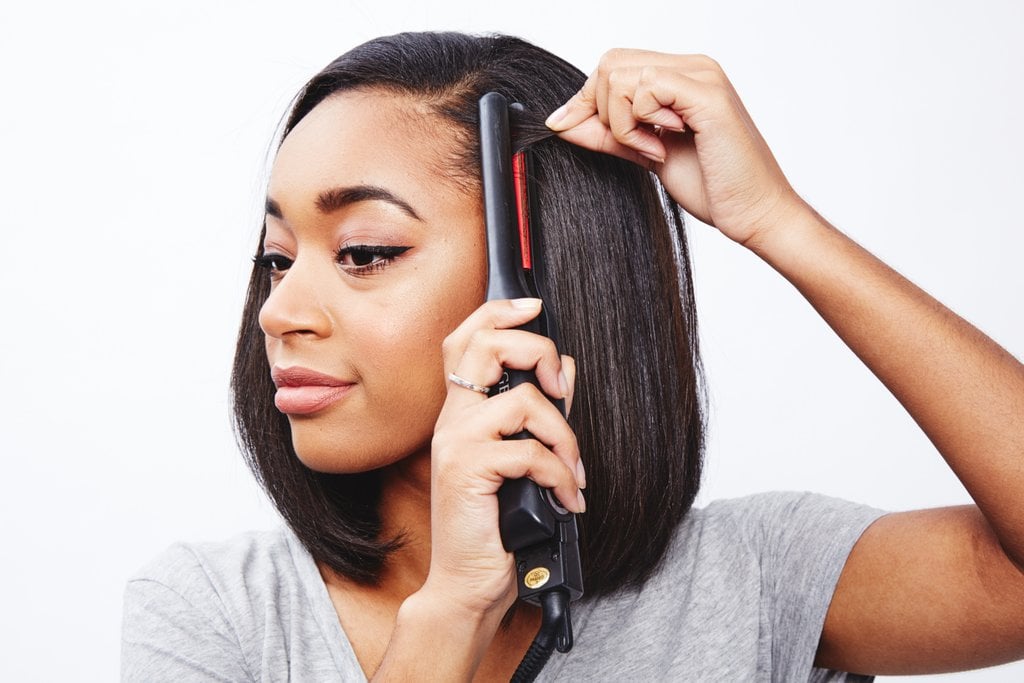
When you're recovering from heat damage or relaxed ends, straightening new growth is only a short-term solution to a long-term problem. Having two textures in your hair when you transition (one relaxed and the other natural) can be challenging, but straightening your hair regularly will expose you to serious heat damage. Remember, heat damage is irreversible: protein bonds are altered to the point that the hair cannot return back to its natural curl pattern.
Towel-Drying Hair
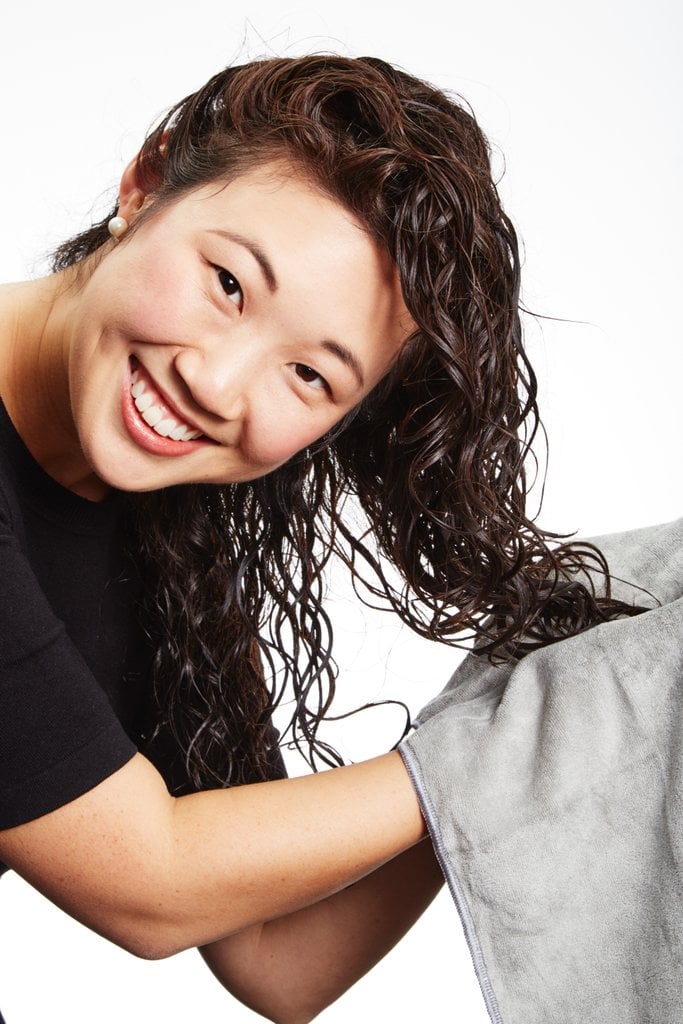
Drying your hair with a towel can disrupt the cuticle (outer layer of the hair), which makes your hair frizzy and can potentially lead to breakage. It is best to dry your hair with a 100 percent cotton shirt or a microfiber towel [5] to minimize frizz.
Holding On to Relaxed Ends
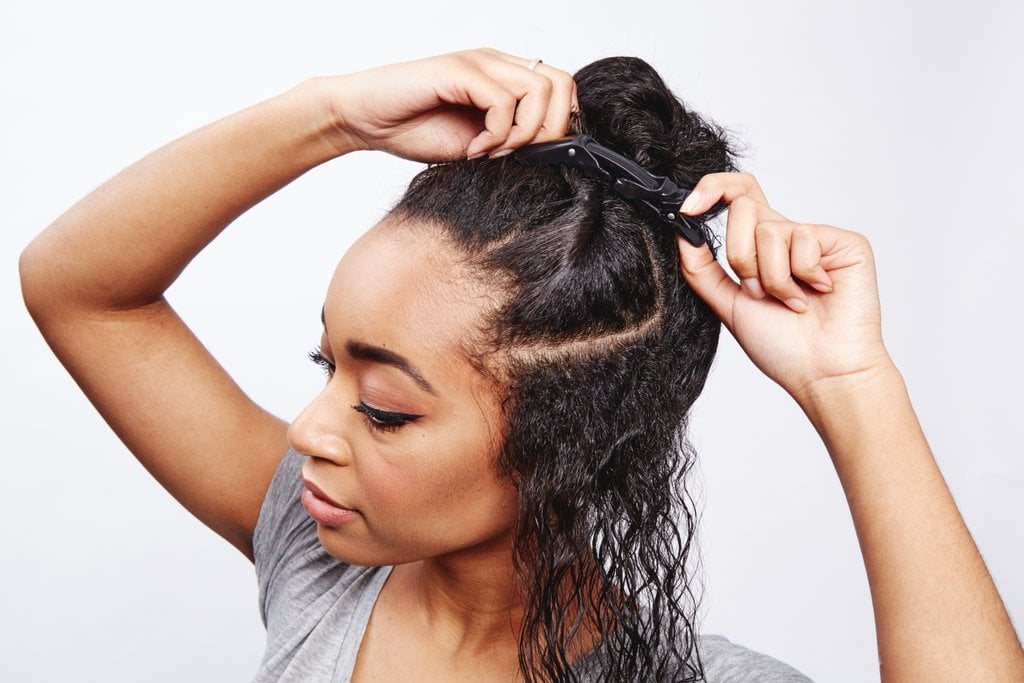
Besides being frustrating, the line of demarcation between the new natural and old damaged ends can be hard to handle. The thicker top and thinner ends make styling difficult. You need to let that damaged hair go!
Using Oils to Moisturize Your Hair
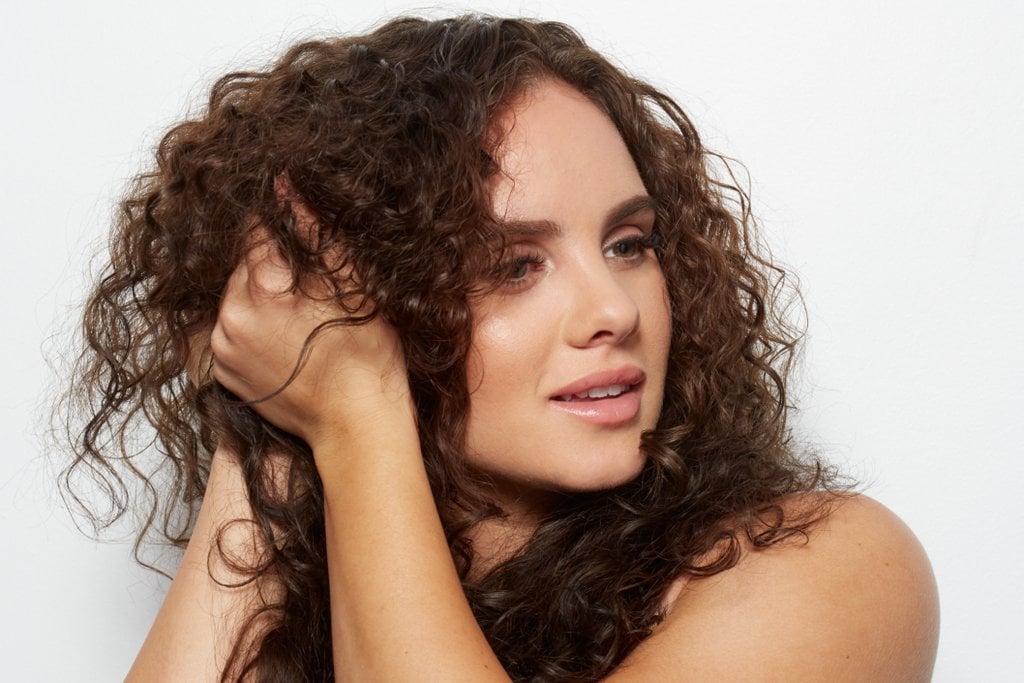
This one is a regular mistake. Oils are BOTH sealants and moisturizers. Or, rather, certain oils are. The best way to keep your hair moisturized is to know which oil is which and how to use it accordingly.
Quick primer: A sealant keeps the moisture inside the cuticle by creating an outer layer. But if you use oil on your nonmoisturized hair, you will end up with dry ends very quickly. That's because the oil has no hydration to lock into the strand! Try using coconut, jojoba, or castor oils to add moisture, while olive, avocado, and argan oils are great sealants. On wet hair, apply a leave-in conditioner and follow up with the oil of your choice.
Thinking Heavier Oils Are More Moisturizing Than Light Oils
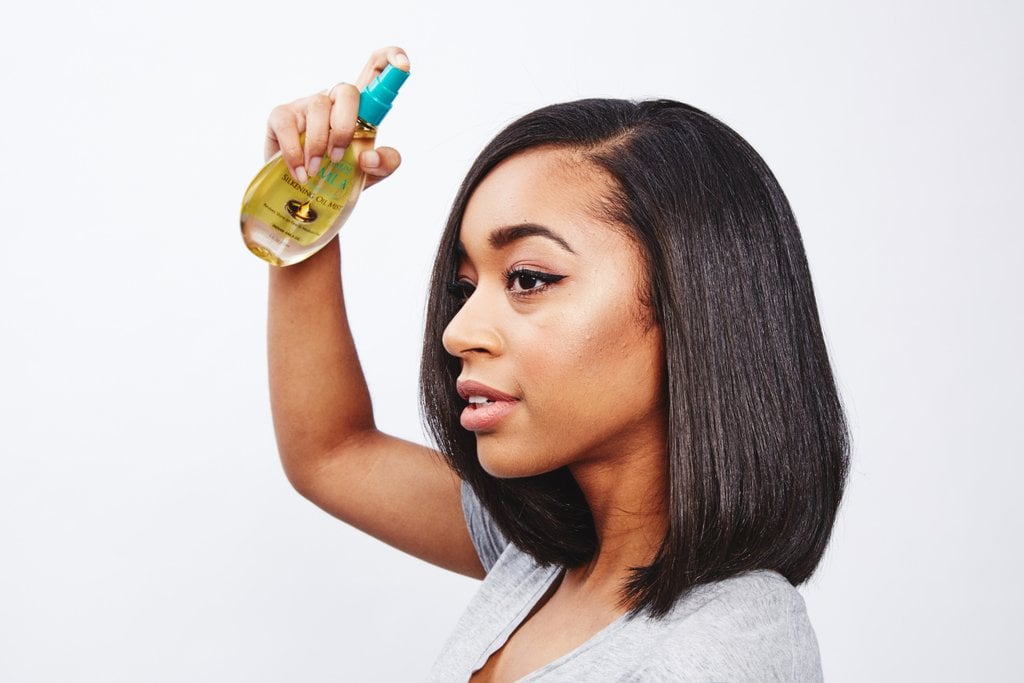
The consistency of an oil has little to do with its moisturizing properties. (Coconut oil is a very light oil but highly penetrative.) You should think of oils in terms of your hair needs and thickness: for example, avocado oil is fantastic for healing damaged hair from hot tools and works well on thinner hair as it won't weigh down your strands. Thicker hair will work well with babassu oil that will define your curls and prevent frizz. Dry hair in general responds well to tea tree oil and argan oil, which will help get rid of dead cells and unclog hair follicles.
Prioritizing Curl-Defining Products Over Moisturizers
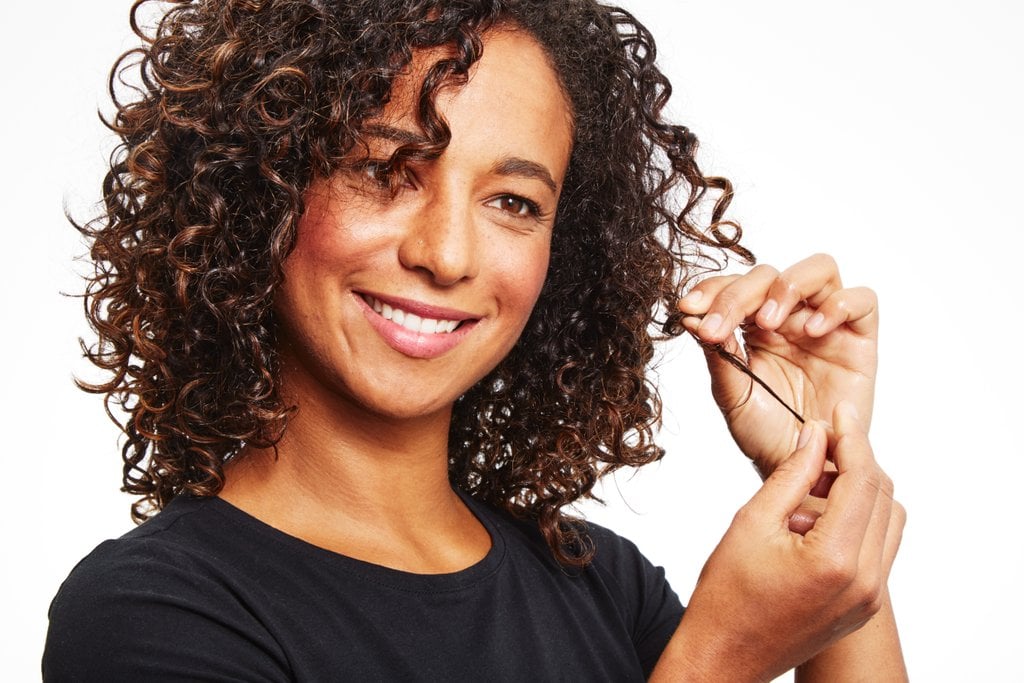
By making sure that your hair is moisturized first, your curls will cluster together better, looking less frizzy and fluffy. To avoid ending up with some curls that feel crunchy with gel and others that lack definition, applying a leave-in conditioner is key. Depending on your hair type, your hair will be more defined when moisturized, and using a styling gel will act as a finishing touch, not a replacement for hydration.
Comparing Hair Journeys

Everybody's hair is different, so everybody's hair reacts differently to products and techniques. And while it's wonderful to get inspired by our favorite Instagram Curlies [6], it's more important to love your hair first [7] — just the way it is.